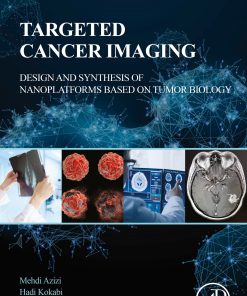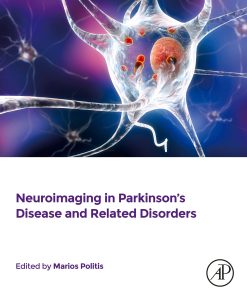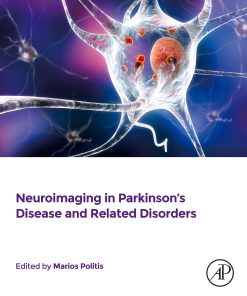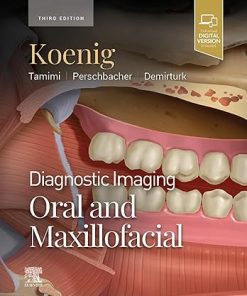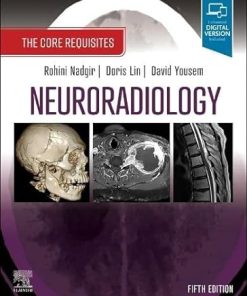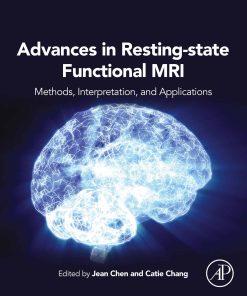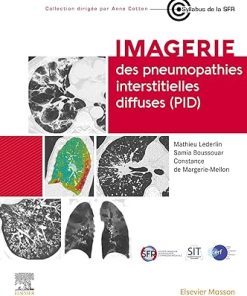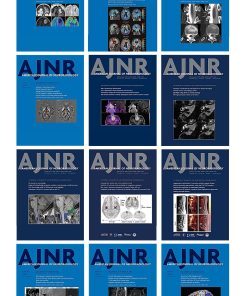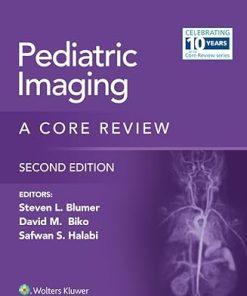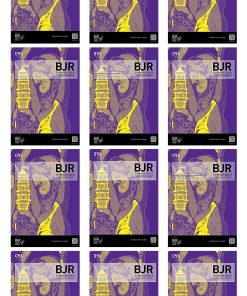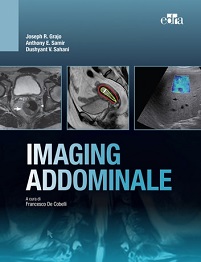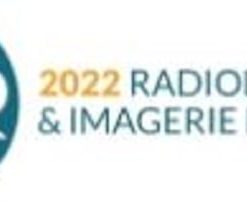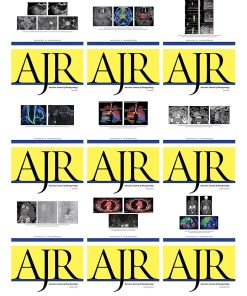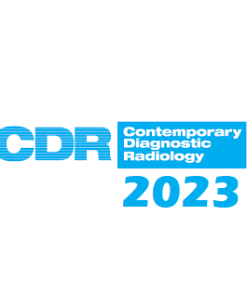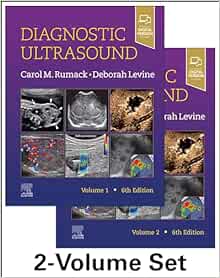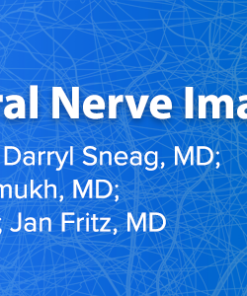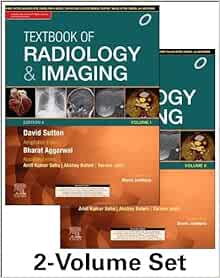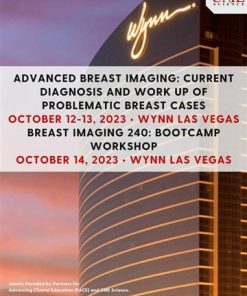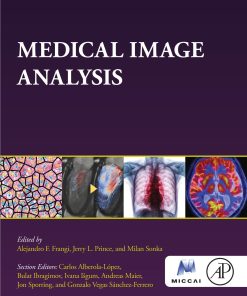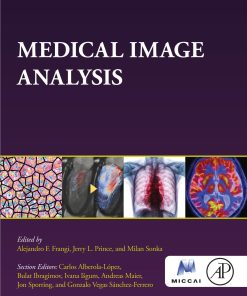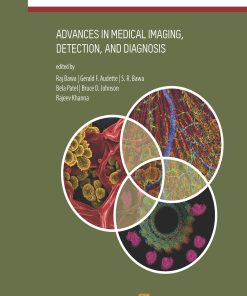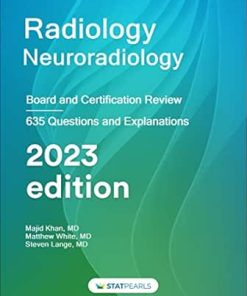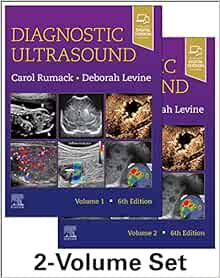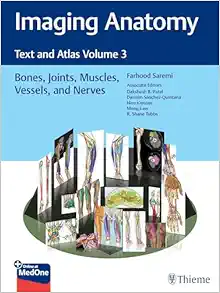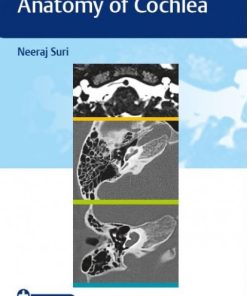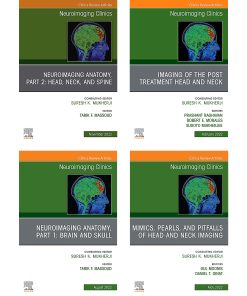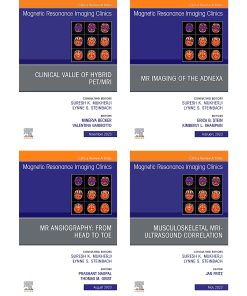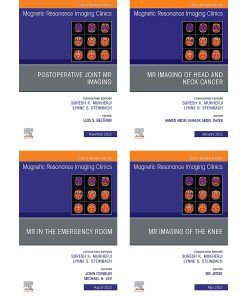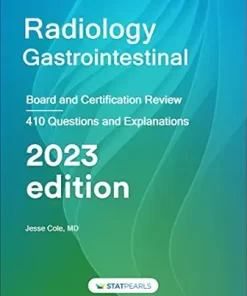How Radiology is Revolutionizing Medical Imaging and Diagnosis
Radiology is a branch of medicine that uses imaging technologies, such as X-rays, CT scans, MRI, and ultrasound, to diagnose and treat diseases. Radiology is a vital specialty that plays a crucial role in healthcare, as it enables doctors to visualize and analyze the internal structures and functions of the body. In this article, we will explore how radiology is revolutionizing medical imaging and diagnosis, and some of the latest advancements in the field.
Radiology Books
Neuroimaging in Parkinson’s Disease and Related Disorders (EPUB)
Radiology Books
American journal of Neuroradiology 2023 Full Archives (True PDF)
Radiology Books
Radiology Books
Radiology Books
American Journal of Roentogelogy 2023 Full Archives (True PDF)
Radiology Books
Contemporary Diagnostic Radiology 2023 Full Archives (True PDF)
Radiology Books
Radiology Books
Medical Image Analysis (The MICCAI Society book Series) (EPUB)
Radiology Books
Advances in Medical Imaging, Detection, and Diagnosis (EPUB)
Radiology Books
Radiology Books
Radiology Books
Radiology has undergone significant advancements over the past few decades, driven by advances in imaging technology and computing power. Here are some of the ways in which radiology is transforming medical imaging and diagnosis:
- Precision and accuracy: Radiology allows doctors to view the internal structures of the body with high precision and accuracy. This can help in the early detection and diagnosis of diseases, as well as in planning and monitoring treatments.
- Non-invasiveness: Radiology imaging techniques are generally non-invasive, meaning that they do not require surgical incisions or anesthesia. This makes them safer and less painful than traditional diagnostic procedures.
- Speed and convenience: Radiology imaging can be done quickly and conveniently, often in an outpatient setting or as part of routine exams. This allows doctors to make timely and accurate diagnoses, and avoid delays in treatment.
- Multimodality: Radiology offers a range of imaging modalities that can be used together to provide a more complete picture of the body. For example, combining CT and PET scans can help identify tumors and monitor their response to treatment.
Some of the latest advancements in radiology include:
- Artificial intelligence (AI): Radiology is at the forefront of the AI revolution, with machine learning algorithms that can analyze vast amounts of imaging data and detect patterns that may be invisible to the human eye. AI can help in the detection of cancer, heart disease, and other conditions.
- 3D and 4D imaging: Radiology is increasingly using 3D and 4D imaging techniques, which provide more detailed and realistic images of the body. This can help in surgical planning, patient education, and training.
- Molecular imaging: Radiology is also exploring new imaging modalities that can visualize the molecular and cellular processes of the body. This can help in the early detection and treatment of diseases, such as cancer.
To take advantage of the benefits of radiology, it's important to choose a qualified and experienced radiologist who can interpret and communicate the results of imaging studies. It's also important to follow best practices for imaging safety, such as minimizing radiation exposure and avoiding unnecessary scans.
In conclusion, radiology is a rapidly evolving field that is revolutionizing medical imaging and diagnosis. By providing precise, non-invasive, and convenient imaging techniques, radiology is helping doctors make more accurate and timely diagnoses, and improving patient outcomes. With the latest advancements in AI, 3D imaging, and molecular imaging, the future of radiology looks bright, and promises to continue transforming healthcare for years to come.
Radiology is a crucial medical specialty that deals with the imaging of the human body to diagnose and treat various medical conditions. Radiologists use various imaging techniques such as X-rays, CT scans, MRI scans, and ultrasound to examine the internal structures of the body. Radiology books are a vital resource for radiologists, radiology residents, and other medical professionals who want to expand their knowledge in the field.
In this article, we will be discussing the
Top 10 Radiology Books that are essential for anyone who is looking to expand their knowledge and skills in the field of radiology. These books have been carefully selected based on their relevance, accuracy, and the latest advancements in the field of radiology.
- “Diagnostic Radiology: A Textbook of Medical Imaging” by Dr. J. Anthony Seibert
- “Radiologic Science for Technologists: Physics, Biology, and Protection” by Stewart C. Bushong
- “Practical Guide to Interpretation of Chest X-Rays” by Dr. Rajan Jain
- “The Physics of Medical Imaging” by John R. Cameron and James G. Skofronick
- “Clinical Radiology: The Essentials” by Richard H. Daffner
- “Atlas of Radiology” by Zygmunt L. Krauze and Elzbieta M. Krauze
- “Interpretation of Emergency Radiology” by K. Thomas Robbins
- “Essentials of Skeletal Radiology” by Terry R. Yochum and Lindsay J. Rowe
- “Pediatric Radiology: The Requisites” by Bridget F. Colleran
- “Radiology for the Dental Professional” by Herbert H. Frommer and Lara Najjar
Whether you are a practicing radiologist, radiology resident, or medical student, these Top 10 Radiology Books will help you expand your knowledge and skills in the field of radiology. These books are comprehensive, well-researched, and up-to-date, making them an essential resource for anyone who wants to excel in their field.

